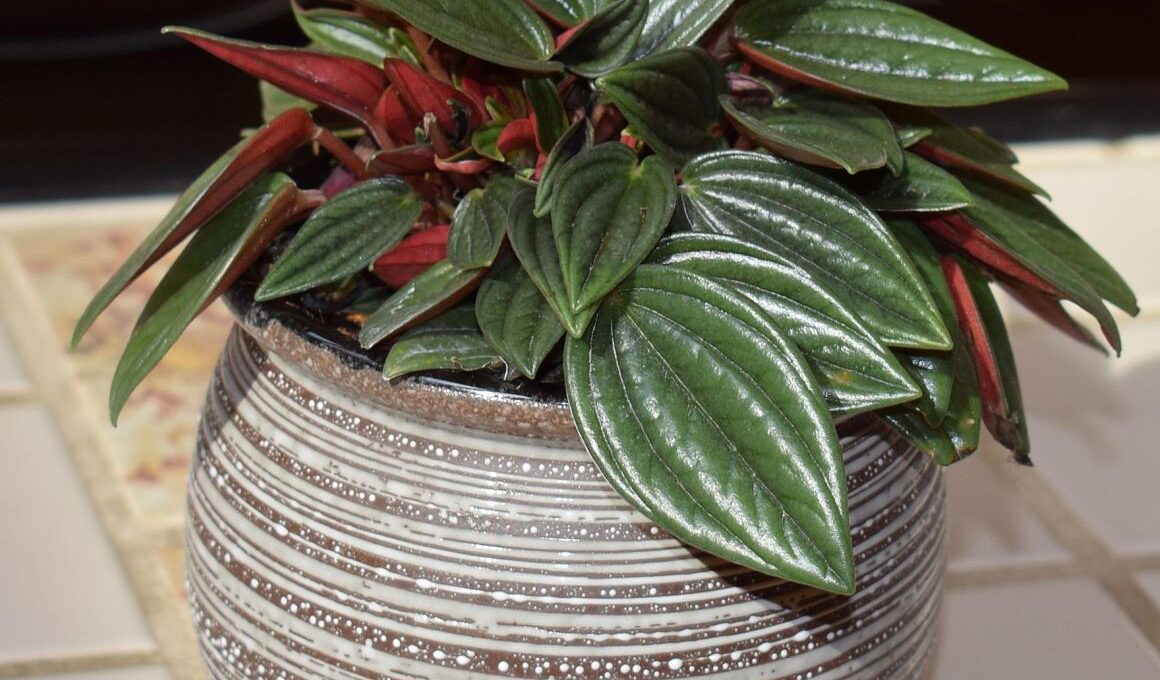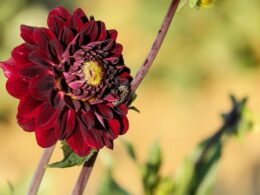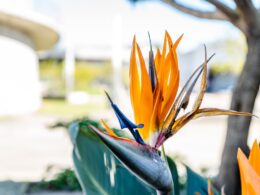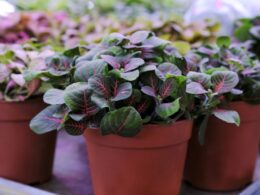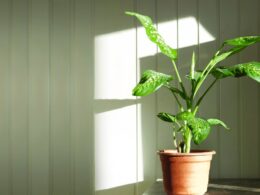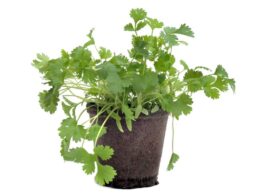We prepared a complete peperomia plant care guide. We’ll teach you how to care for your peperomia plant, so it stays healthy and happy. Let’s get started!
Peperomia Plant Care. What Is Peperomia?
Peperomia is a huge plant genus that contains over 1,000 species of plants. Most of these species are native to tropical and subtropical regions of the world, although a few species can be found in temperate climates. Peperomias are often grown as houseplants due to their low-maintenance requirements, but they can also be found growing outdoors in some areas.
These plants vary greatly in terms of size, shape, and color, but they all share a few common features. Peperomias have thick, fleshy leaves that store water, and many species have attractive variegated leaves. They are relatively slow-growing plants, but they can live for many years with proper care.
Peperomia is also known as radiator plant, baby rubber plant, or teardrop peperomia. Now let’s take a closer look at peperomia plant care.
Peperomia Plant Care: Potting Soil
For peperomia plants, the potting soil is key to keeping the plant healthy and thriving. Peperomia plants need a potting mix that is well-draining yet moisture retentive. A good rule of thumb is to mix equal parts of perlite, potting mix, and coco coir. This will create a potting mix that retains moisture but does not become soggy or waterlogged. Additionally, be sure to use pots with drainage holes to ensure that the plant does not become overwatered. Peperomia plants are relatively low-maintenance, but proper potting soil is essential for keeping the plant healthy and happy.
Peperomia Plant Care: Light
Most peperomias are native to tropical and subtropical regions of the world, so they are used to quite a bit of humidity and bright indirect light. If you live in a drier climate, you may need to supplement the humidity levels for your peperomia by placing the pot on a tray of pebbles and water or using a humidifier. As far as light goes, most peperomias will do just fine in bright, indirect sunlight.
However, there are a few varieties that prefer low light conditions; these include the watermelon peperomia and the rainbow peperomia. If you’re not sure which variety you have, it’s best to err on the side of too little light rather than full sun.
Peperomia Plant Care: Watering and Humidity
Peperomia plants are native to tropical and subtropical regions of the world, so they’re used to warm, humid climates. In these conditions, peperomia plants thrive and produce beautiful foliage.
When growing this tropical plants indoors, it’s important to replicate these conditions as much as possible. The best way to do this is to water the plants regularly, making sure the soil is always moist but not soggy. You can also mist your plants regularly to increase the surrounding humidity.
If you live in a particularly dry climate, or if your home tends to be on the drier side, you may need to take extra steps to keep your peperomia plants healthy. Grouping your plants together can help increase the surrounding humidity, you can also use a humidifier in your home.
Peperomia Care: Common Problems and Diseases
Peperomia plant care is generally quite easy. However, like all plants, they can be susceptible to certain pests and diseases. The most common problems with peperomias are root rot, mealybugs, and spider mites.
Root rot is caused by too much moisture around the roots of the plant. This can happen if the plant is overwatered or if the potting mix is too wet. Mealybugs are small, white, fuzzy insects that feed on plant sap. They can cause leaf yellowing and stunted growth. Spider mites are tiny red or black spider-like creatures that suck the juices out of plants. They can cause leaves to yellow and drop off.
If you think your houseplant has any of these problems, take it to a local nursery or garden center for help. A professional can diagnose the issue and recommend the best course of treatment.
Propagating Peperomia, Repotting
It is easy to propagate peperomia from stem cuttings. Simply take a cutting from the plant and repot it into a pot of moistened soil. The cutting will root quickly, and you will soon have a new plant.
This indoor plant can also be propagated from leaf cuttings. To do this, take a leaf from the plant and cut it into small pieces. Each piece should have a bit of stem attached. Insert the pieces into a pot of moistened soil, and they will soon take root and grow into new plants. Peperomia is a great plant to propagate because it is so easy to do, and it makes a beautiful, full-grown plant.
Care for a Peperomia: Fertilizing
Fertilizing is another important part of peperomia plant care. These plants are not heavy feeders, so you don’t need to fertilize them often. A light feeding every month or two is all they need. Use a balanced fertilizer that is low in nitrogen to avoid promoting leaf growth at the expense of flowering. If you want to encourage blooming, use a fertilizer that is higher in phosphorus. Be sure to follow the directions on the fertilizer package, as too much fertilizer can harm your peperomia.
Different Varieties of Peperomia
Peperomia plants come in a wide variety of shapes, sizes, and colors, and there is sure to be a Peperomia plant that is perfect for your home or office.
One of the most popular Peperomia plants is the P. rubella, which is native to Brazil. It has dark green, heart-shaped leaves and red stems. This plant is perfect for offices or homes with low light levels.
Another popular variety of Peperomia is the Peperomia obtusifolia, which is native to Peru. It has thick, leathery leaves that are dark green in color. This plant does well in bright, indirect light.
Now you know everything about peperomia plant care. Happy gardening!





